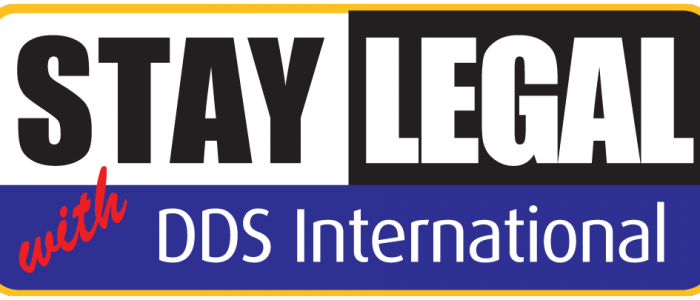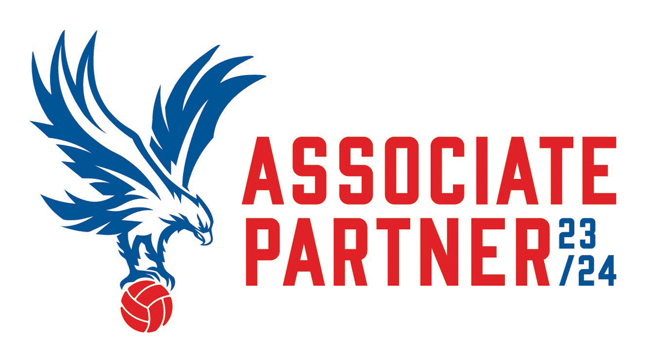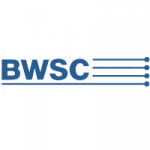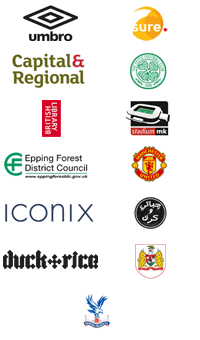Roof Health & Safety: Access, Protection & Condition
This post is part of the “Focus on Health and Safety Audit Questions” series. A series which focuses on questions asked by our health and safety consultants when conducting a health and safety audit.
Tests
1. Check that all roof access doors are locked and key controls in place.
2. Check that there is adequate roof edge protection and protection to other fragile surfaces e.g. Sky lights.
3. Check that the roof surface is in good condition and that changes in level are clearly marked.
Test 1
Check that all roof access doors are locked and key controls in place.
Reason for This Test
Roof access must be controlled and permission to work systems in place for contractors.
Possible Answers
Red: Roof access not controlled in all areas (possible to gain entry without signing log)
Amber: Some minor issues identified
Green: Roof access well controlled with entry doors locked and keys controlled
Common Issues
- Uncontrolled roof access
- Roof access unlocked
Fail Rate
40% of businesses failed this question based on our sample data.
Test 2
Check that there is adequate roof edge protection and protection to other fragile surfaces e.g. Sky lights.
Reason for This Test
Roof edge protection is required whenever there is a need to access or work near a roof edge. Skylights should also be protected to prevent anyone slipping and falling through.
Possible Answers
Red: No protection in place and consequently serious risk of an accident exists
Amber: Some protection in place but further improvements required
Green: Protection adequate
Common Issues
- Edge protection not installed
Fail Rate
50% of businesses failed this question based on our sample data.
Test 3
Check that the roof surface is in good condition and that changes in level are clearly marked.
Reason for This Test
General environment, floor surfaces etc in good condition, adequate lighting etc.
Possible Answers
Red: Area inspected and some major hazards identified
Amber: Area inspected and some minor issues identified
Green: Area inspected and free from hazards
Common Issues
- Uneven surfaces
Fail Rate
50% of businesses failed this question based on our sample data.
Information
Roof Work
The Management of Health and Safety at Work Regulations 1992 requires you need to organise and plan all roof work so it’s performed safely.
All roof work is especially dangerous, even if a task only will only take a couple of minutes. Proper precautions are essential when it comes to roof work so the risks can be controlled. Anyone undertaking roof work must be trained, competent and aware of the precautions in place. A ‘method statement’ is a typical approach to help manage work on roofs and communicating the safety measures to all involved.
The HSE states that the key issues when carrying out roof work are safe access to roofs, roof edges and openings and fragile surfaces. Almost one in five deaths in construction work involve roof work. Some are specialist roofers, but many are just repairing and cleaning roofs with the the main causes of death and injury being falling from roof edges or openings, through fragile roofs and through fragile rooflights. Many roof work accidents could be avoided if the most suitable equipment was used and those doing the work were given adequate information, instruction, training and supervision.
Safe access to Roofs
Safe access to a roof necessitates careful planning, especially where work moves along along the roof.
Typical ways of access roofs are:
- fixed or mobile scaffold towers
- general access scaffolds
- ladder
- mobile access equipment
- roof access hatches
- stair towers
Roof edges and openings
Falls from roof edges occur on both commercial and domestic projects and on new build and refurbishment jobs. Many deaths occur each year involving smaller builders working on the roof of domestic dwellings
Falls from roof edges occur on commercial and domestic projects as well as on new build and refurbishment jobs. Many deaths occur every year involving smaller builders working on the roof top of domestic dwellings
Sloping Roofs
Sloping roofs require scaffolding to prevent people or materials falling from the edge. You must also fit edge protection to the eaves of any roof and on terraced properties to the rear as well as the front. Where work is of short duration (tasks measured in minutes), properly secured ladders to access the roof and proper roof ladders may be used.
Flat roofs
Falls from flat roof edges can be prevented by simple edge protection arrangements – a secure double guardrail and toeboard around the edge.
Fragile surfaces
Always follow a safe system of work using a platform beneath the roof where possible. Work on or near fragile roof surfaces requires a combination of stagings, guard rails, fall restraint, fall arrest and safety nets slung beneath and close to the roof.
Fragile roofs
All roofs should be treated as fragile until a competent person has confirmed they are not. Do not trust any sheeted roof, whatever the material, to bear a the weight of a person. This includes the roof ridge and purlins.
Fragile rooflights
Fragile rooflights are a particular hazard. Some are difficult to see in certain light conditions and others may be hidden by paint. You must provide protection in these areas, either by using barriers or covers that are secured and labelled with a warning.
Our Solutions
Our health and safety manuals will define responsibilities within your business, required risk assessments, method statements and documented procedures when it comes to roof work within your business. Health and safety manuals and risk assessments are available as part of our Health and Safety Management System packages.
This post is part of the “Focus on Health and Safety Audit Questions” series. A series which focuses on questions asked by our health and safety consultants when conducting a health and safety audit.











Comments are closed.